CGH asphere tests:
Diffractive optics for the metrology of aspheres, spheres, cylinders and free-form surfaces
Let us take you into the third dimension. A tested diffractive-optical lithographic surface structure creates the most exact wavefronts in space for the purpose of inspecting your optical surface. Flat optical precision substrates are easily available on the market. These are the starting points for our diffractive testing lenses. Based on computer-generated holograms (CGHs), we offer you reference inspection lenses for the field of surface measuring technology. Our products are characterized by simple and patented handling, attractive prices, and short delivery times. Manufacturers of the largest telescopes around the world trust the precision of our products.
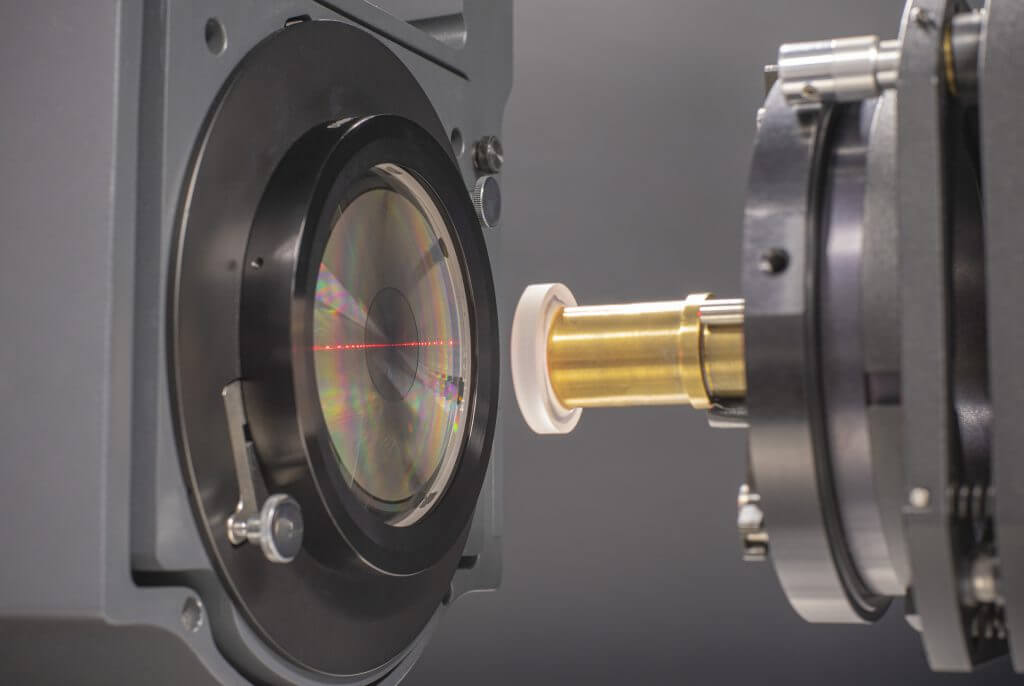
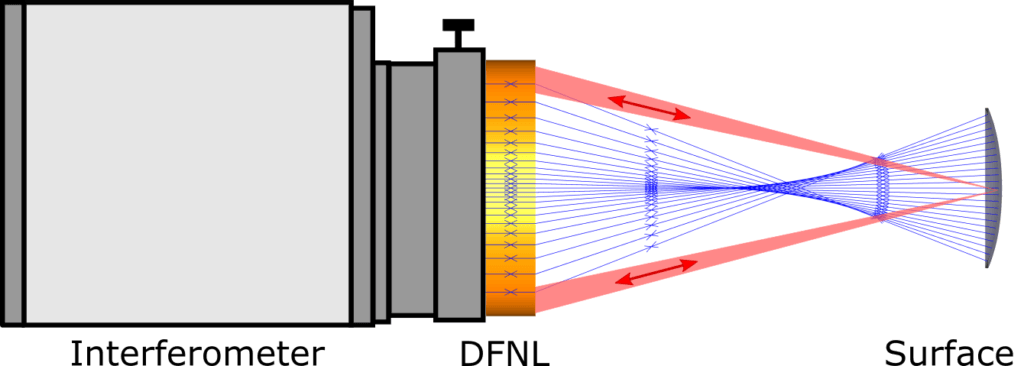
It’s so simple: Diffractive Null Lenses with Fizeau reference surface (DFNL) for testing aspheres
Interferometric precision testing: Take advantage of our know-how to increase your efficiency and save valuable time by using our diffractive Fizeau null lenses
With our patented DFNL measuring lenses (Diffractive Fizeau Null Lenses), we offer a consistently highly precise and user-friendly solution. In order to mount our DFNLs on an interferometer, we offer these with a bayonet mount for sizes 4 to 12 inches for all commonly used interferometers. There is therefore no need for a complex alignment of a standard CGH relative to the interferometer. Application areas include the testing of precision optics in photography, video lenses, projection, as well as the testing of large optics in astronomy and of satellite optics.
Advantages of using our innovative DFNLs:
- A DFNL replaces the normal combination of transmission sphere and CGH
- DFNLs are compatible with all Fizeau interferometers
- Simple handling thanks to integrated adjustment holograms
- High measurement precision and intrinsic error correction (Fizeau principle)
- Typical accuracy: lambda/10
- Short delivery times with the possibility for express service
- Testing of free-form surfaces is possible
- Testing of aspheric diffractive optics possible
Do you have special requirements? We can gladly adjust our CGHs to your specific needs. Constantly improving and expanding our capabilities by taking on new tasks is a fundamental part of our service to you.
You can find the exact specifications in our product sheet.
For advice, contact: Dr. Frank Weidner | Tel.: +49 6201 65040-17
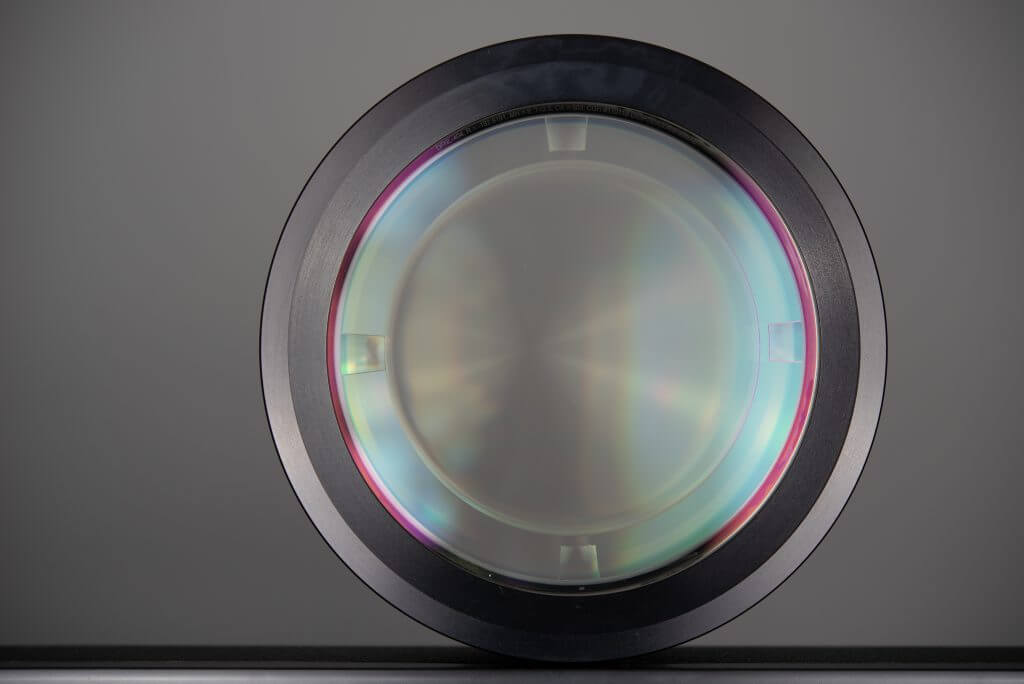
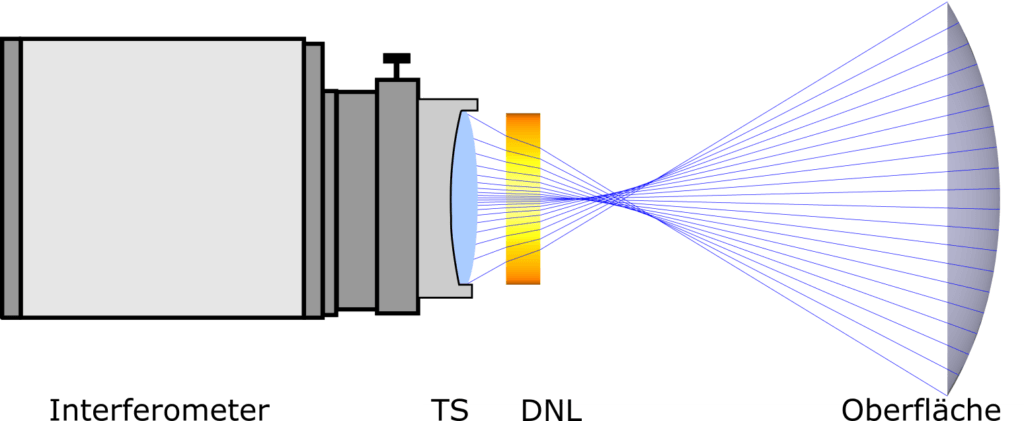
It’s so precise: computer-generated holograms for surface measuring technology
Diffractive CGH Null Lenses (DNL) enable you to measure almost any surface geometry
Our DNLs are ideal reference optics for measuring your aspheric or cylindric optical surfaces. Testing free-form surfaces is also no problem. By combining computer-generated holograms (CGH) with a spherical interferometer lens (transmission sphere, TS), almost every surface geometry and the entire performance of optical systems can be tested. We offer you testing lenses for spherical and aspheric metrology based on computer-generated holograms. We produce customer-specific CGH null lenses in standard mounts for all common interferometers.
We are experts for diffractive optics. Take advantage of our core compentence and our long experience in this field.
Advantages of using our innovative DNLs:
- Typical accuracy: lambda/10
- Short delivery times with the possibility for express service
- Testing of free-form surfaces
- Testing of aspheric diffractive optics possible
The exact specifications can be found in our product sheet.
For advice, contact: Dr. Frank Weidner | Tel.: +49 6201 65040-17
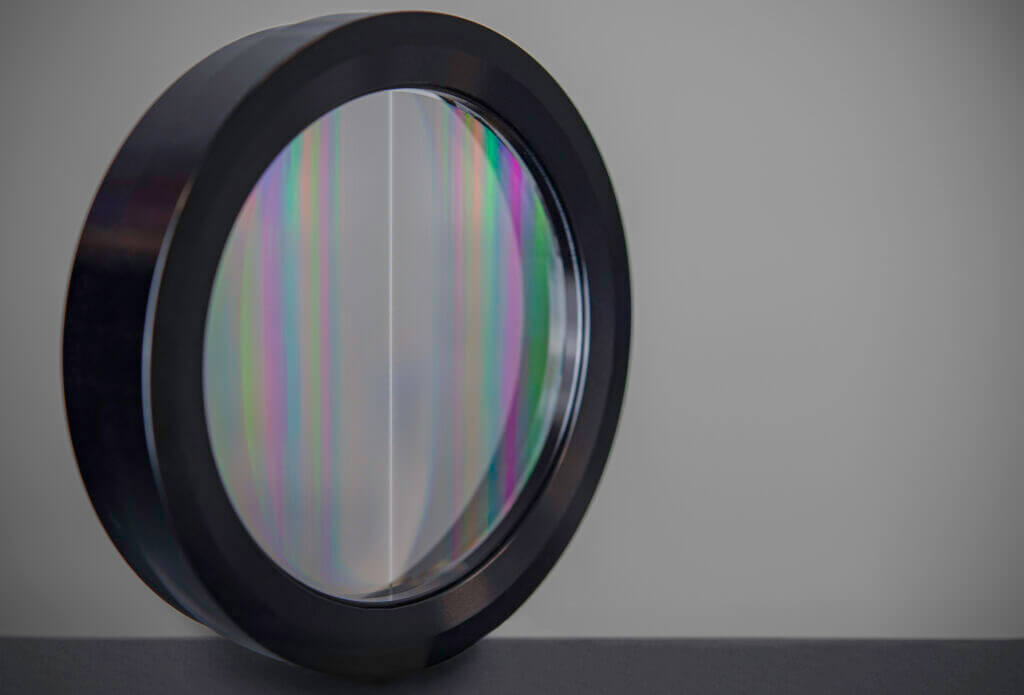
Testing cylinder surfaces with CGHs
Precision measurement of CGHs with integrated Fizeau reference surface named diffractive transmission cylinder (DTC)
Our DTC cylinder testing lenses are specifically designed to test cylinder lenses. Testing concave and convex surfaces is equally possible; in both cases the inspection meets the most sophisticated requirements. Cylinder lenses can be tested with a high degree of accuracy, with a relative precision of the absolute radius of curvature of up to 50 ppm and a wave-front measurement accuracy of <10 nm rms or lambda/10 PV.
User-friendly alignment and highly accurate measurements – your advantages by using our diffractive cylinder testing lenses:
- Focal width or f number can be selected according to client’s specifications (up to f/0.5)
- Largest possible testing diameter for convex surfaces, as the custom designed object wave is created directly behind the diffractive optics
- Low disturbance thanks to short measuring distances when using the diverging order of diffraction for testing concave surfaces, as well as large curvature radii
- Additional auxiliary holograms to facilitate the alignment and measurement of the radii, with a relative precision of up to 50 ppm
The exact specifications can be found in our product sheet and an example of cylinder testing with CGHs can be found here.
For advice, contact: Dr. Frank Weidner | Tel.: +49 6201 65040-17
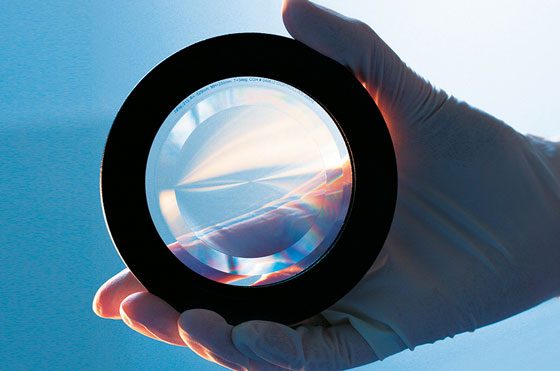
Testing spherical surfaces with CGHs
Our diffractive transmission sphere (DTS) lenses are specially suited for the inspection of large spherical surfaces with large radius of curvature.
For the inspection of large convex spheres, a transmission sphere with the right f-number is occasionally not available. In this case, we can calculate a suitable DTS for you, produce it and deliver it. In doing so, we can achieve a wavefront measuring accuracy of <10 nm rms or <lambda/10 PV.
Ultra precision for optical high-end measurements:
Benefits of our diffractive transmission spheres versus common refractive lenses
- Focal width or f-number can be selected specific to each client
- Larger available measuring diameter for convex surfaces, as a specifically adjusted object wave is created directly behind the diffractive optics
- For the inspection of concave surfaces, there is lower disturbance due to shortened measuring distances when using the diverging order of diffraction
- Additional auxiliary holograms to facilitate the alignment and measurement of the radii, with a relative precision of up to 50 ppm<
For advice, contact: Dr. Frank Weidner | Tel.: +49 6201 65040-17